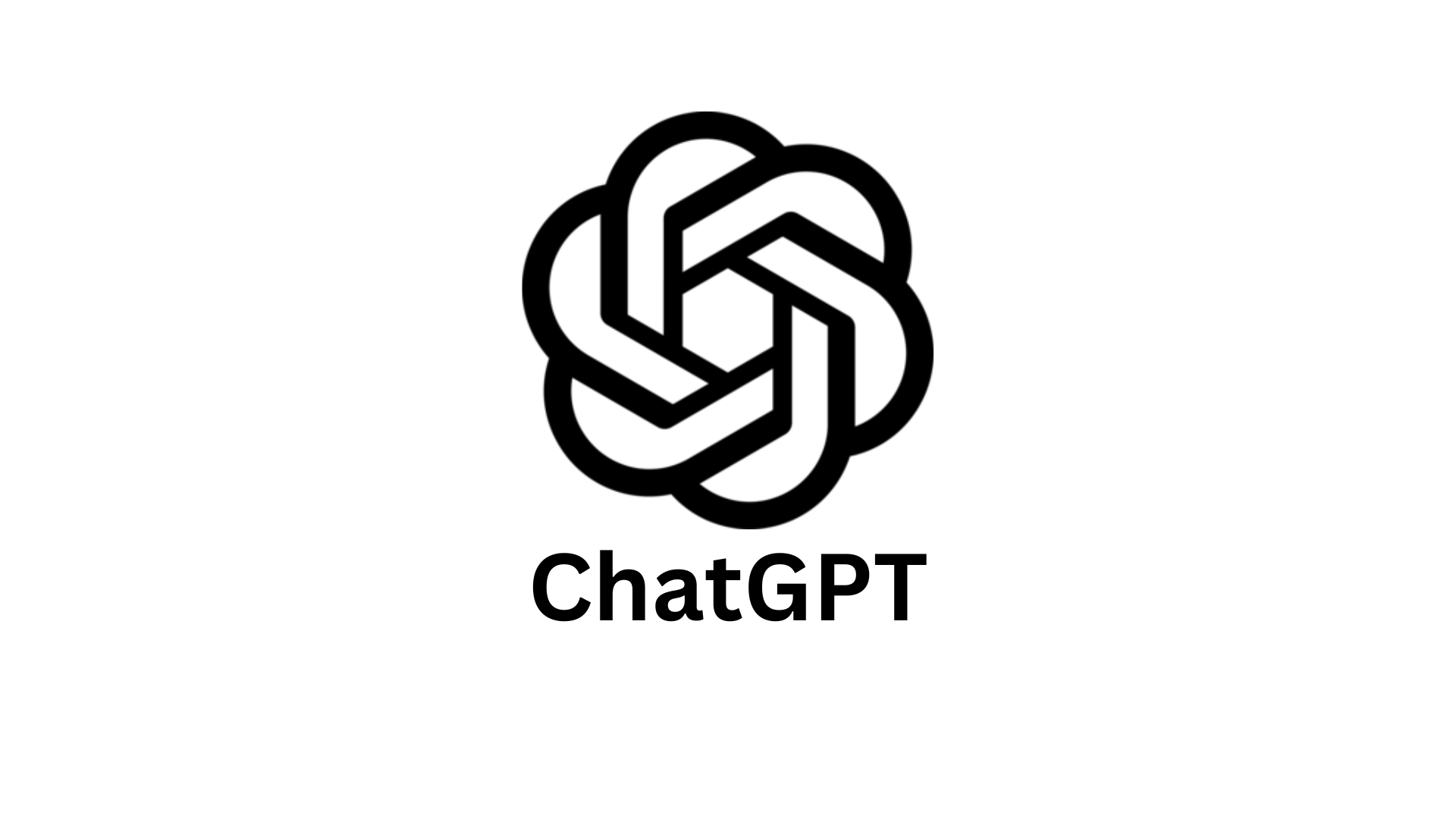Introduction
In the realm of artificial intelligence (AI), the development of conversational agents has marked a significant milestone in enhancing human-computer interaction. One of the most notable advancements in this field is ChatGPT, an AI language model designed to interact with users in a conversational manner. As we delve into the intricate dynamics of ChatGPT, it is essential to explore its evolution, capabilities, applications, and the implications it has on society.
The Evolution of ChatGPT
ChatGPT is a product of OpenAI’s ongoing research and development in natural language processing (NLP). The inception of this chatbot technology can be traced back to the Generative Pre-trained Transformer (GPT) architecture. The first iteration, GPT, was introduced in 2018, but it was the subsequent versions, GPT-2 and GPT-3, that garnered widespread attention due to their remarkable capabilities in generating human-like text.
GPT-2 set the stage for conversational AI with its ability to generate coherent and contextually relevant paragraphs. However, it was GPT-3 that revolutionized the landscape, boasting 175 billion parameters—far surpassing its predecessor and enabling it to perform a diverse array of tasks, such as translation, summarization, and question-answering. The underlying technology combines deep learning and neural networks, facilitating intricate understanding and generation of language.
Capabilities of ChatGPT
ChatGPT’s primary strength lies in its versatile language comprehension and generation abilities. Trained on vast amounts of text data, it can mimic various writing styles, engage in dialogue, and provide information across numerous domains. Users can converse with ChatGPT on topics ranging from science and technology to art and culture, making it a valuable tool for education, entertainment, and information dissemination.
Moreover, ChatGPT incorporates user feedback to refine its responses, learning from interactions and improving its output over time. This adaptability signifies a shift towards creating more personalized interactions, enabling users to engage with the model in a manner that feels more intuitive and relatable.
Applications of ChatGPT
The applications of ChatGPT are vast and varied, impacting several sectors. In education, it serves as a tutoring assistant, helping students grasp complex concepts through simplified explanations and interactive dialogues. In the business realm, companies leverage ChatGPT for customer support, automating responses to queries and enhancing user experience.
Furthermore, ChatGPT finds its utility in content creation, aiding writers by generating ideas, drafting articles, and even composing poetry. Its ability to collaborate with human creativity offers potential for innovation in artistic endeavors.
Implications for Society
The rise of ChatGPT and similar AI technologies brings forth profound implications for society. On one hand, the accessibility of information and the ability to engage seamlessly with AI enhances productivity and democratizes knowledge. On the other hand, concerns about misinformation and the ethical use of AI arise. The risk of generating biased or inappropriate content necessitates the establishment of guidelines and ethical frameworks to ensure responsible usage.
Moreover, the advent of sophisticated conversational agents raises questions about the future of human employment. While AI can augment capabilities in various fields, there is a pressing need to balance automation with job security and economic stability.
Conclusion
In conclusion, ChatGPT represents a significant leap in the evolution of conversational AI, showcasing the potential to transform how we interact with technology. Its multifaceted applications continue to reshape industries, enhance learning, and foster creativity. However, as we embrace the benefits of such advancements, it is imperative to address the ethical and societal implications they entail. The journey of ChatGPT is a testament to the transformative power of AI, and its future developments will likely play a crucial role in shaping our digital landscape.



